Agile Process
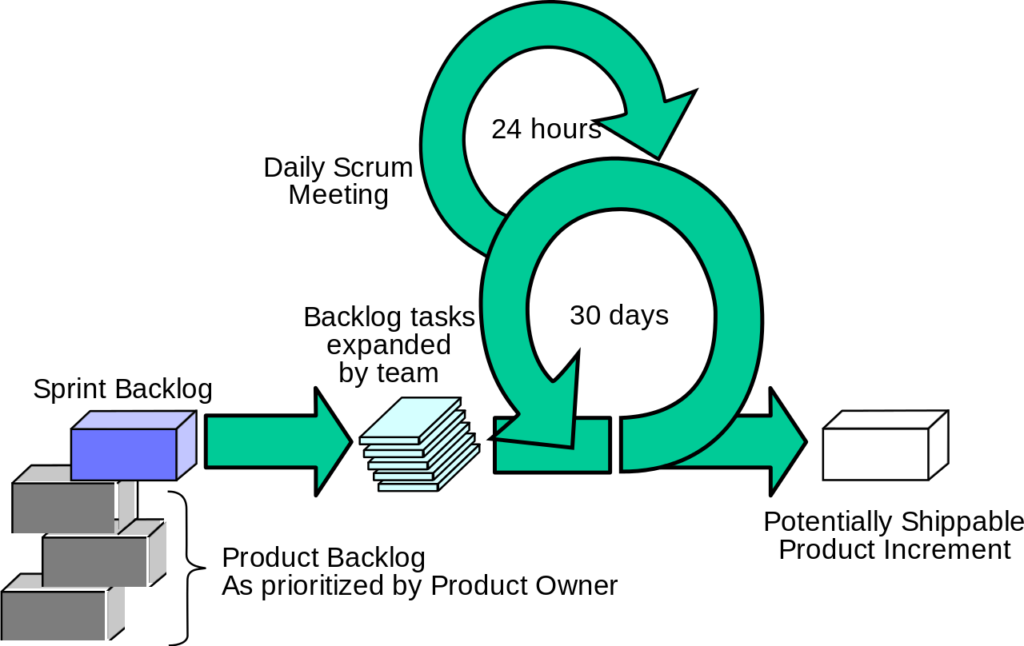
Originally published at Imagitrue Technologies
Agile Project Management
Agile Project Management is an incremental/iterative approach to any of the project implementation.
When we talk about our IT Services and Solutions, we follow Agile Project Management approach which provides our customer with quick hands-on experience on any of the service they are availing.
Our IT experts follow this latest technique for consistent performance that ensures contract success.
Agile Project Management basically breaks down end-user requirements into small sections, which are quickly implemented by the team in an incremental approach. Each of these small sections is generally termed as Iterations or Sprints.
There are a lot of Agile methods being used worldwide. We will talk about the most popular and best of all for IT solutions, which is known as Scrum.
Before we dive deep into Scrum Framework and how it works. Let us first understand, Why Agile?
Why Agile?
Traditional project management approach like waterfall approach, where the team would do extensive documentation, building up the huge databases, and the team digs into the development and the QA cycles for the full product or a project and then moving ahead for a big launch. This approach had a great risk as there was no looking back.
This approach uses to get the users and team to always work towards the completion of the whole project within the timelines.
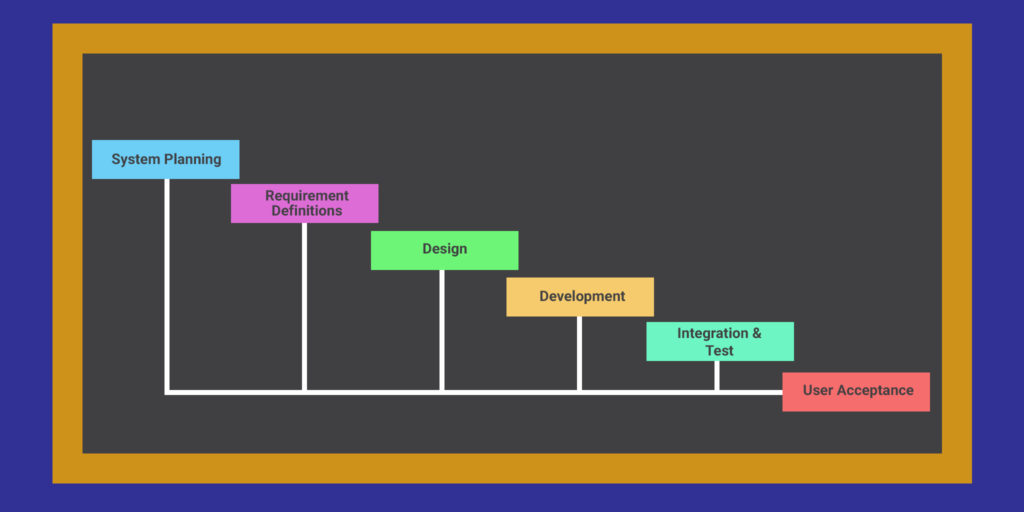
Now, the biggest challenge and the biggest reason for the failure of this approach was the changing needs of the business.
When we talk about today’s world, new changes are coming in every business each day.
So, looking back, by the time say for example after 8 to 10 months, when team’s use to launch the project, business owners use to say – No this is not what we wanted.
I would share a great illustration to explain the same:
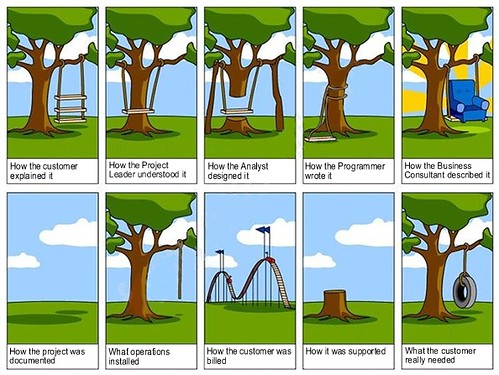
To avoid these pitfalls and to avoid such project failures, this is where the good teams started a shift to a much more robust process known as “Agile”
Where small sections are being built, reviewed with the customer and then teams take up the feedback, so if there are changes, that can be incorporated in an initial stage itself.
Sharing another illustration below to explain Agile:
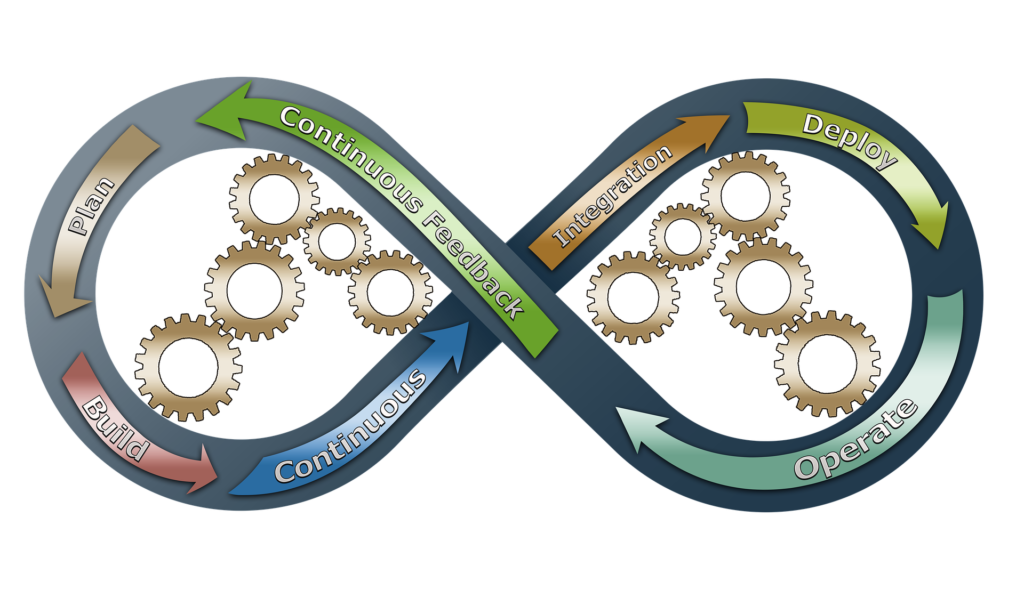
Basics of Agile
Before we dig into the implementation of the process of Agile, and how we work. It is important to understand Agile Manifesto.
We give importance to items on the left side than the items on the right side:
- Individuals and Interactions Over Processes and Tools
- Working Software Over Comprehensive Documentation
- Customer Collaboration Over Contract Negotiation
- Responding to Change Over Following a Plan
Considering these, our process works further.
Scrum Framework
Agile is an umbrella term for different frameworks. The best one recommended for IT Services, which we use for our customers is the “Scrum Framework”.
Ken Schwaber and Jeff Sutherland created the Scrum Framework for successful implementations of the project.
Let’s not talk about the definitions and let us talk about the practical implementation of Scrum our IT Solutions.
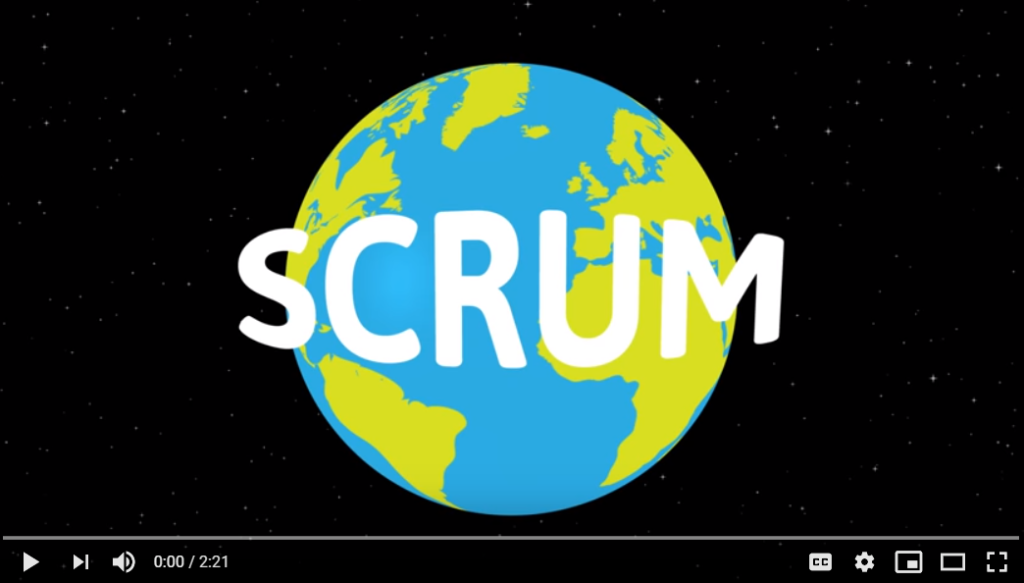
Providing Solutions using Scrum: How we work?
We provide IT solutions. It all begins when our customers approach us with the requirements.
These requirements in most cases are rough ideas or some kind of requirements. Our team then sits with the customers, and understand the features basically which they communicate from their initial ideas.
The project then begins with a clear priority and features which are provided by the business owner. These sets of features, which are then documented in the order of priority are referred to as a “Product Backlog”, which is basically one unique set of requirements for the whole project which is to be implemented.
The business owner, who understands the customer needs is basically the main person responsible for increasing the ROI, which is referred to as a “Product Owner”.
Our team then takes up the defined “Product Backlog” and take up the top features which can be completed within a predefined time duration, which can generally vary from 1 to 4 weeks. This amount of time is referred to as an “Iteration” or a “Sprint”.
The most important factor which our team takes care of is “Communication”. Each and every step, the “Product Owner” (Business representative) is involved starting from the sprint planning to sprint review.
Let us talk about these two new terms a bit. “Sprint Planning” is basically, where the Product Owner, sits with the team and explains all the features, they want to get implemented on priority.
The Team then ask their queries, then makes an estimate on what all they can deliver by the end of the sprint.
This is where the “Definition of Done” is being decided. This is where the Product Owner and the teams are in agreement, on what all will be delivered after the end of sprint time.
So, for example, the team is running a 2-week sprint for a project, they are supposed to deliver the features as per the requirements and to meet the expectations according to the Definition of Done.
At the end of the sprint, another event which takes place is known as “Sprint Review”. This is where the team demonstrates all the features and work effort they are done during that time.
Another most important role which makes sure the whole process is being followed and which makes sure that each team member is performing their roles, this person is known as“Scrum Master”
Agile Illustration and How it works using Scrum
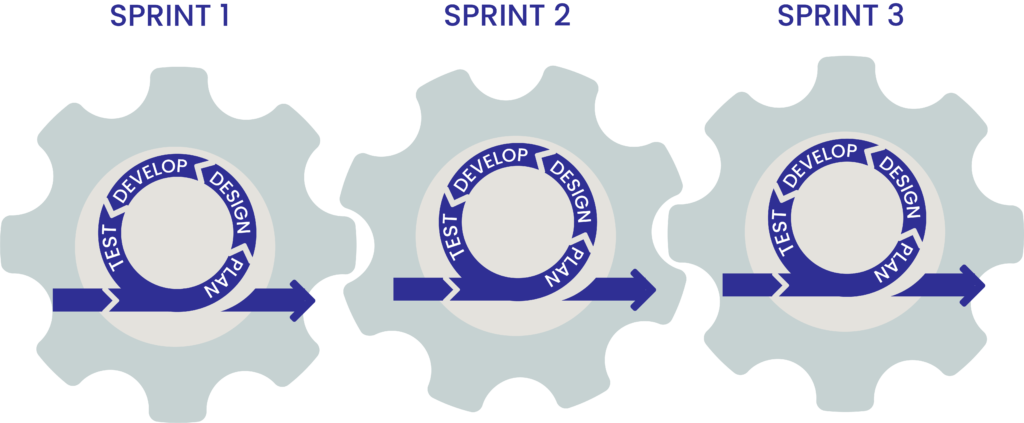
These incremental iterations/Sprints provide:
- Quick hands-on experience on the project
- Easy to implement changes by incorporating the change for every newsprint as needed
- Our customers get quick communications and they are aware at each stage of the project
- Within just weeks, they are able to get the features done and implemented
- Easy implementation of feedback and a lot more.
Thus, leaving our customers happy and satisfied with our solutions.
Understanding Scrum Cycle
- Product Owner is responsible for prioritizing the features and converting it to a prioritized list which is known as a “Product Backlog”
- Scrum Master then facilitates the event known as “Sprint Planning Meeting” where:
- The whole team reviews the product backlog
- Defines the Sprint goal
- Estimate the top items from the product backlog and these set of items which are estimated and committed by the team to be delivered by the end of the sprint is known as “Sprint Backlog”
- Sprint Cycle begins:
- Daily Scrum happens:
- Scrum master again facilitates this event every day
- This is timeboxed for 10-15 minutes max.
- Each team member shares below 3 items:
- What was done since the last meeting?
- What is the plan for today?
- Any Impediments?
- Daily Scrum happens:
- Sprint Cycle ends:
- Sprint Review happens and the goal of the meeting is:
- Inspect and Adapt the product/feature/solution
- The Team demonstrates the features completed
- Product Owner shares the feedback
- Sprint Retrospective happens and the goal of the meeting is:
- Inspect and Adapt the process
- What the team should continue to do
- What the team should stop doing
- What the team should start doing
- Sprint Review happens and the goal of the meeting is:
Tracking progress and Measuring the Success
It is really important that all the stakeholders and the business owners are aware of the progress and analytics at each stage of the project and this is where our team takes the maximum care of our customers while providing solutions. Let’s understand how.
Tracking Progress
- We use “Trello” as the project management tool to make it very clear for everyone to view what the team is working on and where they are in terms of progress and feature completion.
- Below illustration shows the example of an Agile/Scrum board:

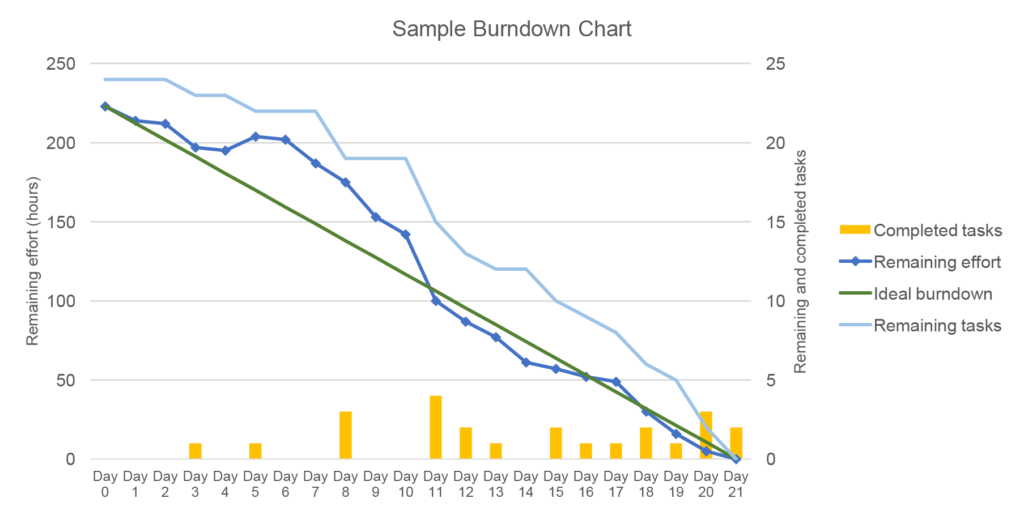
Measuring Success
The most important tool used in Agile/Scrum is the Burndown chart. It basically shows, how we burn down the set of requirements and keep completing the set of features and quickly delivering the features leaving our customers happy and satisfied.
Let us look at the illustration below, where the x-axis shows the number of days and the y-axis shows the amount of work being completed by the team, showing the work trimmed down to zero by the timeline and thus delivering great solutions.
To conclude, these are the current process practices we are following. We are still looking for more improvements and upgrade with time.
Contact us to get started with your project!